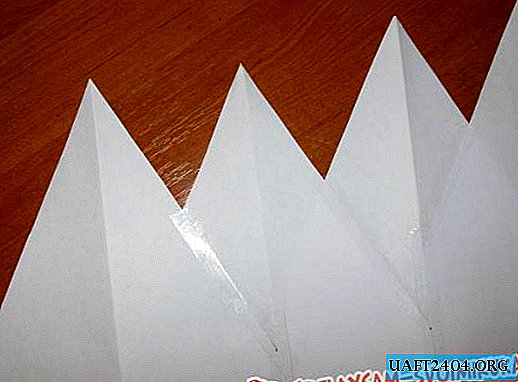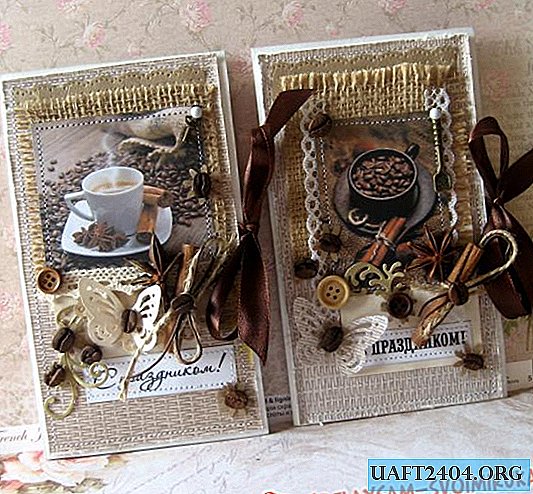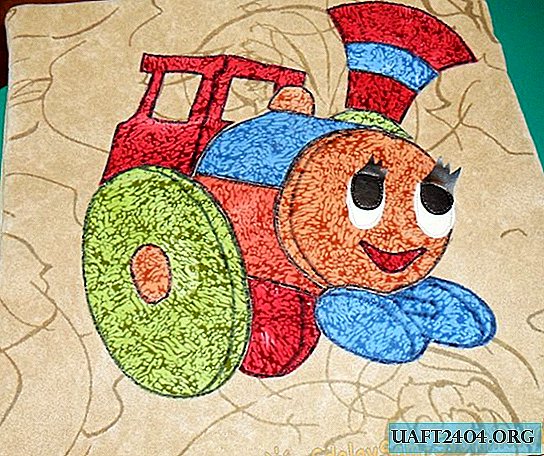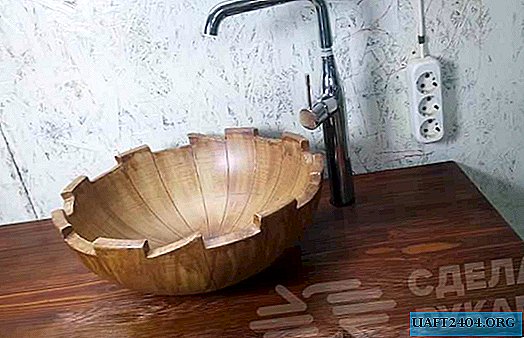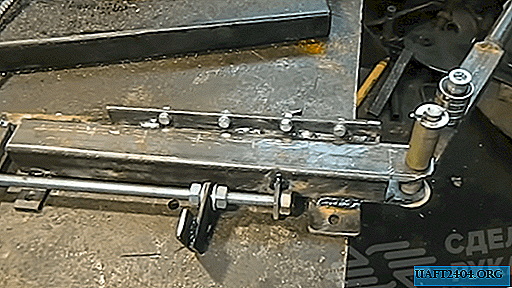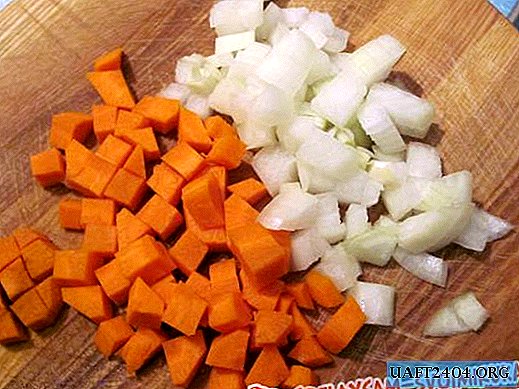Share
Pin
Tweet
Send
Share
Send
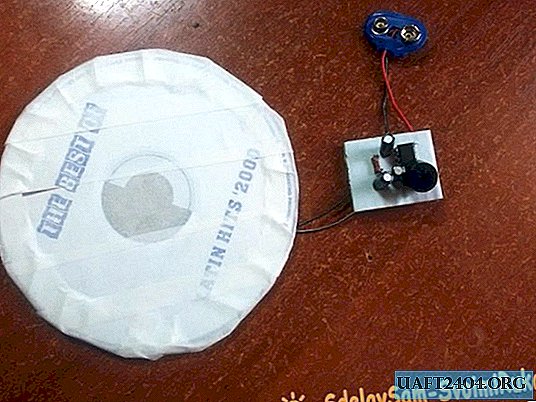

We will need
- Chip NE555P.
- Resistor 51 kOhm.
- 2.2 uF capacitor (2 pieces).
- Capacitor 10 uF.
- Buzzer.
- Battery type "Krona" and a connector for it.
- 0.2 mm copper wire.
- Cardboard 1-2 mm thick.
Making a simple metal detector

We will assemble the circuit on a piece of cardboard. In it, for every detail, I made holes with a needle, since the legs of the radio components themselves are too thin. First, insert the chip. Now solder the minus foot of the 2.2 uF capacitor to the very first foot.

Now insert the resistor. We solder one leg to the second foot of the microcircuit and the plus of the capacitor. Solder the second leg to the third foot of the microcircuit.

Now insert a 2.2 uF capacitor. We solder the negative leg to the third leg of the microcircuit. Positive will later go to the coil, we will produce it later. I soldered one wire to this leg. Also solder one wire to the second leg.


To the minus foot of the 2.2 uF capacitor, solder the plus foot of the 10 uF capacitor. You must connect the buzzer leg to the negative one. The remaining buzzer leg is connected to the first leg of the chip. To connect the buzzer, I use blue and pink wires in the diagram.

Now it remains to short-circuit the second and sixth legs of the microcircuit. And also the fourth and eighth, to the eighth solder the plus wire from the connector for the crown. Solder the negative wire from the connector to the first foot of the microcircuit.
The circuit itself is ready for this.


Now make a reel. It will require two CDs or DWDs. From cardboard we cut a circle with a diameter of 50 mm.

Now glue this circle between the disks. At first I tried to use superglue, but it did not glue anything. Therefore, the bonding places on the disks had to be scraped to make the surface rough, and instead of superglue, I used hot-melt adhesive. Now we begin to wind the wire onto the cardboard. You need to wind 315 turns. After winding, solder the ends of the coil to the two wires that were output earlier (I have them black). This completes the manufacture of the metal detector. All that remains for him is to make a pen.
The board turned out to be very compact and even together with the crown will fit into almost any case. You can take a thick PVC pipe, cut one end at 45 degrees, and stick a coil to it. And place the circuit and crown in the pipe itself. As soon as you insert the battery, the buzzer will begin to squeak, and when the coil is above the metal, the buzzer will squeak differently, I think you will immediately understand.

Share
Pin
Tweet
Send
Share
Send

